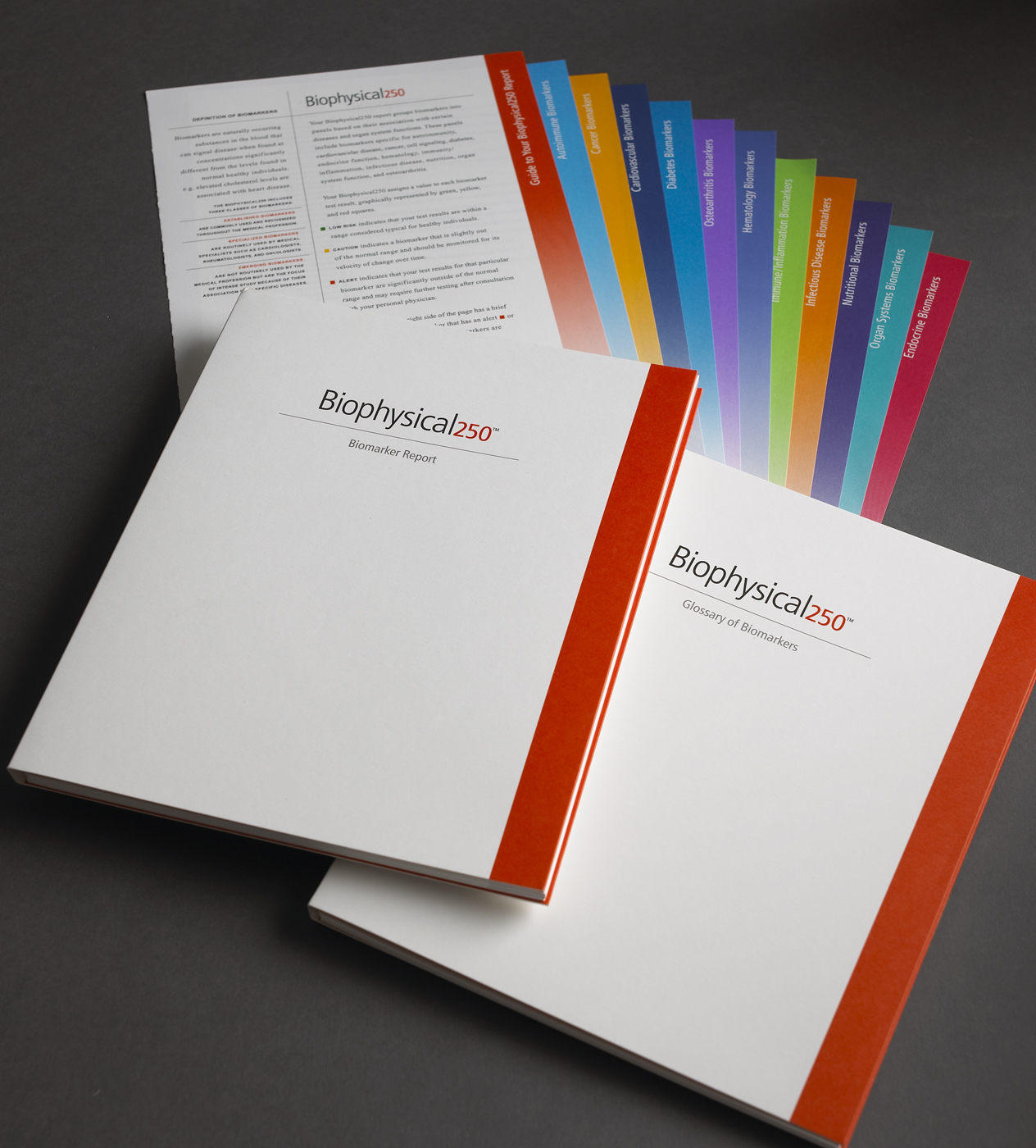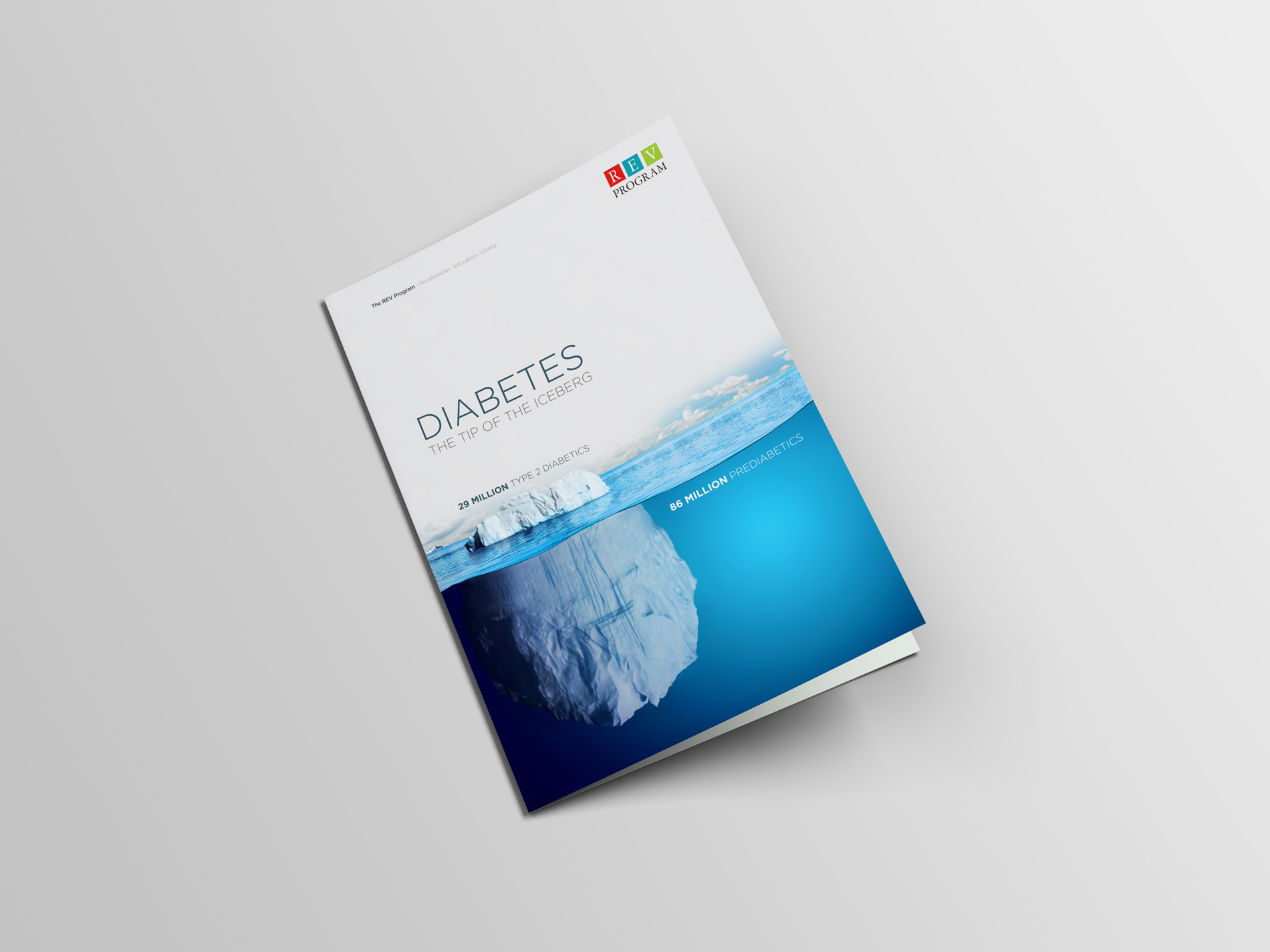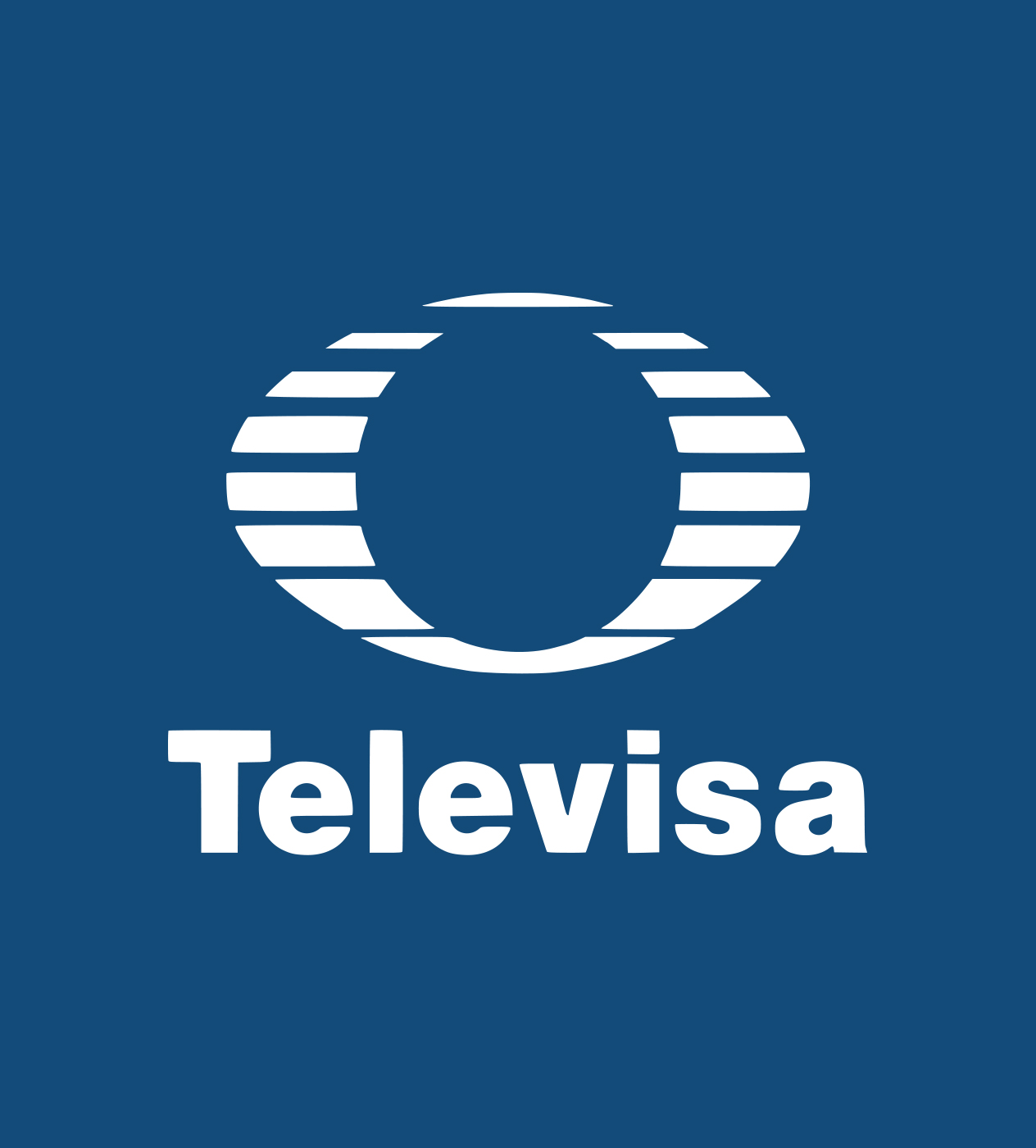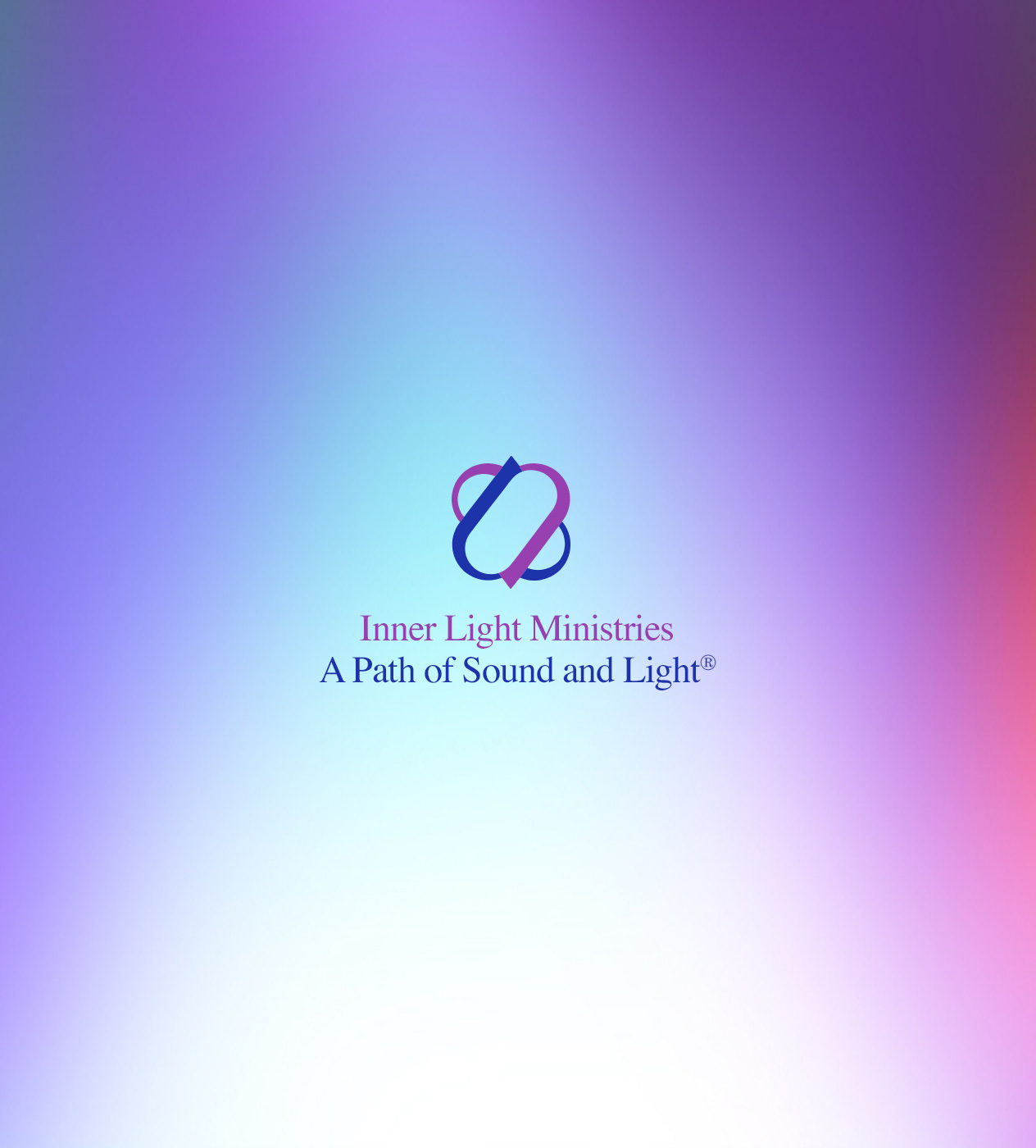[video_lightbox_vimeo5 video_id=”233703280″ width=”640″ height=”480″ anchor=”CASE STUDY VIDEO”]
CHALLENGE:
Create a video for the company’s IPO for an unfamiliar groundbreaking biotech and hi-tech product that potential investors and partners could easily understand. The video was to originally be shown mainly at trade shows. It also needed to reflect the Luminex Corporation brand’s campaign look, feel, and tone. The timeframe was two months.
SOLUTION:
We knew that the IPO was a critical for the client’s launch, so our creative team had to work fast.
Working directly with the company’s CEO, CMO (Chief Medical Officer) and CSO (Chief Science Officer) we tirelessly developed and shaped their story. We created storyboards, powerpoint presentations.
At this stage we had no other team members to produce this video. I started by hiring a talented voiceover artist and copy writer. We together built upon our story and vision based on those storyboards and presentations used in fundraising events.
Our team worked out a high energy five-minute video that used animations to showcase various features of the Luminex 100 instrument and it’s xMAP application, including highly detailed models of the instrument and animation of the microscopic inner workings of how this technology worked. Without animation this could not be achieved.
RESULTS:
The video was used at trade shows and fundraising events resulting in stock prices soaring and investors wanting to be apart of this new and innovative biotech company. It was used as the centerpiece for their ongoing marketing and fundraising efforts for years.
At many trade shows, the video was the most highly trafficked area in their exhibit booth. The video was the perfect companion piece to share the vision for the Luminex100 product line with potential partners and investors.
This video helped investors and partners understand the Luminex100 and its groundbreaking technology. We created a pitch that was worthy of this technology and raised enough capital to see the IPO succeed. Luminex (LMNX) went public at $17 per share and quickly rose to over $42 over a short period of time.
DETAILS:
This video was intended to be the centerpiece of a product exhibit designed to communicate to the potential partners and investors the vision of the Luminex100 instrument and it’s accompanying application, xMAP, for and its flexible, open-architecture design. Most critical was the video needed to include an engaging demo of the detailed high throughput system which could only be shown through animation. We only two months to get the project completed. So, essentially, our team had to write a script, record the voiceovers, model, design, shoot and animate quickly.
The client originally intended to use the video only at trade shows, but the reaction and execution were so well received and did such a good job at communicating the bigger vision for the product that they ended up using it in multiple touch points well after its intended use.
PRODUCTION NOTES:
We had to build a very slick and fast-paced animation to keep the viewer engaged. We leveraged our extensive experience as we planned out the production, taking into account the typical conference show environments we have encountered: lots of foot traffic, over-stimulated attendees, ambient noise, unpredictable lighting conditions, poorly designed or poorly situated booths, etc. All of these considerations had to be taken into account.
STEPS WE TOOK TO CREATE THE VIDEO:
First we had to develop the storyboards so we could get to the development of more detailed style frames. Storyboards are typically developed for our own internal use. They visually describe the flow and composition of the spot so our team has a framework from which we can all work. Style frames are fully rendered mockups of what the actual final look of the piece will be that we share with the client for approval.
At this stage we also started the build-out of the timed animatics, which involved putting the still images of the storyboard to time and making sure all actions fit and made sense within the overall timeframe of the production. We sometimes introduce some basic animation as well at this point to make sure the actions that need to happen in the video are clear.
Once this was completed and approved, we started rendering the 3D modeling of all the 3D objects (in this case the Luminex100, the xMAP beads, lasers and a few of the other graphical elements) and the 2D asset generation. Most of the 2D artwork was generated as vector-based graphics to allow for maximum flexibility for zooming, panning, and flyouts.
Next steps were the development of the 3D wireframe animated mockups where all of the 3D scenes are modeled and animated. Then, we completed the 3D lighting and texturing, which adds the desired look and feel to all of the 3D images. At this stage we received approval of the final 3D animation and 3D rendering. This involved many CPUs and various dedicated rendering machines. Followed by the 2D and 3D final animation and any live action integrated together in compositing programs. Finally the daily composites were done and shown to the client for final approval and then converted into final required formats for delivery.
PROGRAMS USED FOR THE PROJECT:
• Adobe Creative Suite (After Effects, Photoshop, Illustrator, InDesign, etc.)
• Autodesk Maya (high-end 3D software)
• Alias Wavefront Fusion (compositing)
• Adobe Premier (editing)











